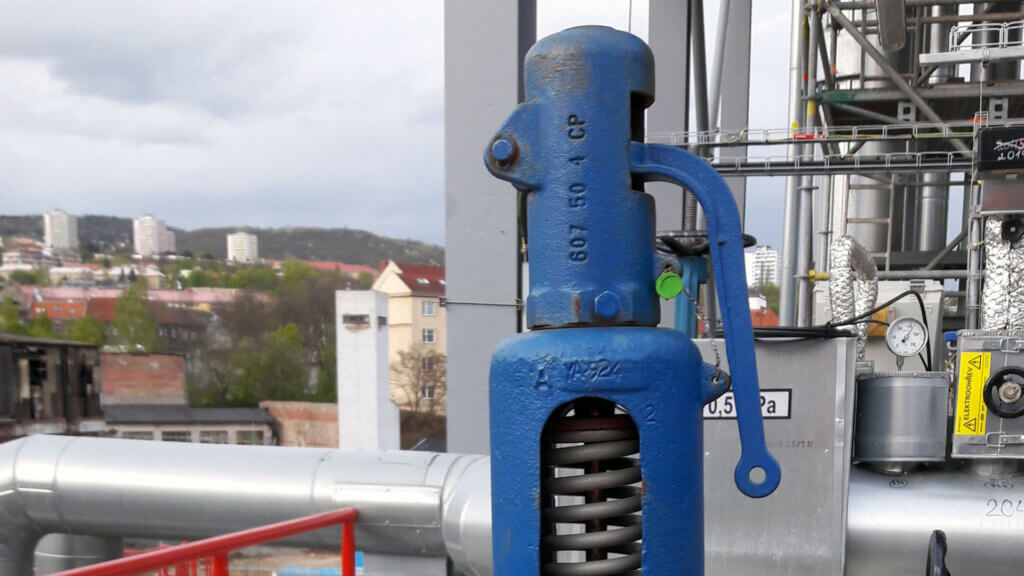Welcome to the comprehensive high-pressure relief valve guide. In industrial settings, understanding these valves is crucial for ensuring safety and efficiency. These valves play a key role in preventing overpressure, which can cause significant damage and safety hazards. Let’s delve into the world of high-pressure relief valves and explore their importance, functionality, and maintenance.

What is a High-Pressure Relief Valve?
A high-pressure relief valve is a safety device designed to protect equipment from excessive pressure. It automatically releases pressure when it exceeds a predetermined level, ensuring that systems operate within safe limits. This mechanism prevents accidents and equipment failures, making it a critical component in various industries.
How Does a High-Pressure Relief Valve Work?
The functionality of a high-pressure relief valve is straightforward. When the pressure in a system exceeds the set limit, the valve opens to release the excess pressure. Once the pressure returns to normal, the valve closes. This automatic operation ensures continuous protection without manual intervention.
Types of High-Pressure Relief Valves
There are several types of high-pressure relief valves, each designed for specific applications:
- Spring-Loaded Valves: These valves use a spring mechanism to control the opening and closing of the valve.
- Pilot-Operated Valves: These valves use a pilot valve to control the main valve, suitable for high-pressure applications.
- Temperature-Actuated Valves: These valves open based on temperature changes, commonly used in thermal systems.
Importance of High-Pressure Relief Valves in Industry
High-pressure relief valves are vital for maintaining safety standards in industries such as oil and gas, chemical manufacturing, and power generation. They prevent catastrophic failures that can result from equipment overpressure. Implementing these valves ensures compliance with safety regulations and protects both personnel and equipment.
Key Features of High-Pressure Relief Valves
When selecting a high-pressure relief valve, consider the following features:
- Set Pressure: The pressure at which the valve opens to release pressure.
- Flow Capacity: The rate at which the valve can release pressure.
- Material: The construction material affects durability and compatibility with different media.
Installation and Maintenance of High-Pressure Relief Valves
Proper installation and maintenance are critical for the effective functioning of high-pressure relief valves. Follow these guidelines:
Installation Tips
- Ensure correct placement to avoid obstructions and ensure smooth operation.
- Follow manufacturer guidelines for installation and set pressure adjustments.
Maintenance Practices
- Regularly inspect valves for signs of wear or damage.
- Test the valves periodically to ensure they function correctly. For more information, visit test PRVs.
Common Applications of High-Pressure Relief Valves
High-pressure relief valves are used in various applications, including:
- Oil and Gas: Protecting pipelines and storage tanks from overpressure.
- Chemical Processing: Ensuring safe operation of reactors and storage vessels.
- Power Generation: Maintaining safe pressure levels in boilers and turbines.
Challenges in High-Pressure Relief Valve Operations
While high-pressure relief valves are essential, they can face operational challenges, such as:
- Incorrect set pressure leading to premature valve opening.
- Valve sticking due to debris or corrosion.
- Inadequate maintenance resulting in reduced reliability.
Advancements in High-Pressure Relief Valve Technology
Recent advancements have improved high-pressure relief valve technology, enhancing their efficiency and reliability. Innovations include smart valve systems that provide real-time monitoring and diagnostics, enabling proactive maintenance.
Choosing the Right High-Pressure Relief Valve
When selecting a valve, consider factors such as:
- The specific application and pressure requirements.
- The operating environment and compatible materials.
- Compliance with industry standards and regulations. For more information, visit PRV design standards.
Conclusion
In conclusion, high-pressure relief valves are indispensable for industrial safety and efficiency. Understanding their types, functions, and maintenance ensures optimal performance and protection. Stay informed about technological advancements and industry standards to make the best choices for your applications.

FAQ
- What is the main purpose of a high-pressure relief valve? The primary purpose is to prevent equipment damage and safety hazards by releasing excess pressure.
- How often should high-pressure relief valves be tested? Regular testing is essential. For detailed guidelines, visit how often to test PRVs.
- What materials are used in high-pressure relief valves? Materials vary based on application needs. For more details, visit relief valve seal materials.
This article contains affiliate links. We may earn a commission at no extra cost to you.



